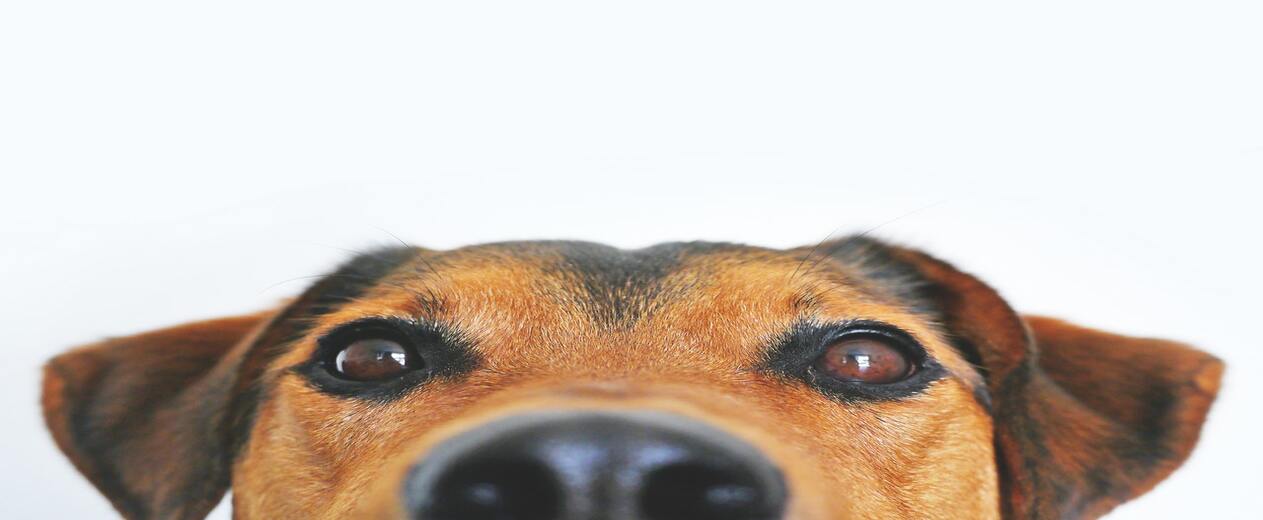Pet waste: a simple guide to safe disposal

We all love our pets, but we sure don’t love their droppings. Pet waste is a nuisance – it’s dirty, it’s smelly, and it’s a chore to pick up. But once we’ve held our nose and scooped up Rover’s bad business, what’s the right way to dispose of it?
Step 1
Step one, of course, is to capture your pet’s waste in either a plastic bag or a biodegradable bag.
Step 2
Tie the bag tightly to remove the air.
Step 3
Put the bag with your pet waste inside another bag before you throw it away in your garbage bin at home or a designated bin at the park.
Why should you double bag your pet waste?
Now you’re probably asking, “Why do I need an extra bag? Why all this extra work?” The quick answer is: to avoid pet waste projectiles – you’d be amazed by the number of collection personnel who have been hit with high speed pet waste from a bag that bursts when garbage is compacted. By ensuring as much air as possible is removed and by double bagging the pet waste, this unpleasant situation can be avoided.
Flushing dog waste
Many municipalities also suggest flushing doggy waste. This is only recommended if you are connected to the local treatment sewage system. Septic tanks are not designed for animal waste and could wash into the waterways. Do not flush the bags – even the biodegradable ones – as these will cause blockages.
It is NOT safe to flush cat litter. Clay cat litter belongs in the garbage because it is made from a material that, when combined with water, turns into a cement-like form, making it unsuitable for the sewage system. This could damage septic tanks and pipes.
Now that you have learned what to do with your pet’s waste, you are one step closer to being a Recycle Whiz! To take the next step, download our app here.